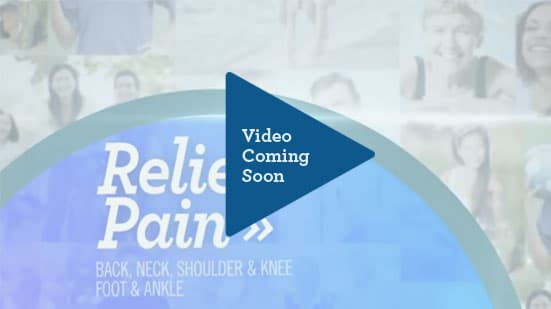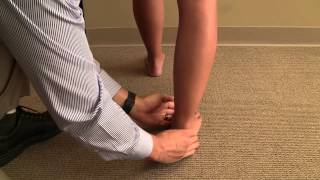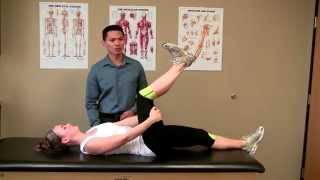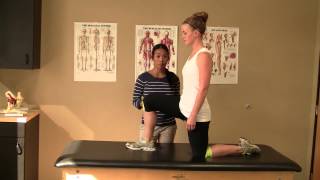Pain 101: Balance & Gait Dysfunctions

What is Balance & Gait Dysfunctions?
Balance and gait dysfunctions affect many individuals at some point in their lives and occur when a disease, trauma, injury or natural aging process result in the inability to maintain the body over the feet. This can lead to decreased stability, loss of balance and falls. Balance and gait dysfunctions commonly result in decreased participation in recreational activities, decreased independence, and increased risk of falls during everyday activities.
Types of Balance & Gait Dysfunctions
Aging
Aging is a leading cause of balance and gait dysfunctions. As one ages, strength and flexibility decrease causing impairments to balance and an increased risk of falls.
Impaired Sensory Processes
Impaired sensory processes (visual, vestibular, somatosensory) often lead to balance and gait dysfunctions. Inability of receptors to gain information about the environment results in lack of postural control. This may result from injury to the receptors, aging process, or medical conditions such as cataracts, glaucoma, diabetic retinopathy, or peripheral neuropathy.
Musculoskeletal Problems
Musculoskeletal problems contribute to balance and gait dysfunction because a certain level of mobility and strength are required to produce functional movements. Limitations in range of motion, flexibility, strength, and/or endurance, whether orthopedic or neurological in origin, can contribute to the deficits.
Impaired Neuromuscular Responses
Impaired neuromuscular responses resulting in disrupted signaling of the brain to/from the muscles. This may result from injury, aging, or medical conditions such as stroke, multiple sclerosis, Parkinson’s disease, or cerebellar ataxia.
Impaired Cognition
Impaired cognition contributes to balance and gait dysfunctions. Poor attention, decreased judgment, decreased safety awareness, and slow processing causes a decreased ability to anticipate or adapt to a situation.
STEPS TO BALANCE & GAIT DYSFUNCTIONS RELIEF
1
LIGHTING
It is important to be sure a room is well-lit by turning on lights and opening blinds and curtains to decrease the risk of tripping/falling on a piece of furniture, rug, etc. due to lack of visibility.
2
CLUTTER
Removing clutter in your home, rearranging furniture, and removing throw rugs decreases the incidence of falls associated with balance and gait dysfunctions.
3
STRETCHING & STRENGTHENING
Stretching the calf muscles and strengthening the hip and ankle muscles will increase the efficiency of your balance and gait.
4
PHYSICAL THERAPY
Physical therapy consists of hands-on treatment to loosen muscles and joints for improved range of motion, education on proper posture and movements to improve safety and decrease loss of balance, instructions on stretching and strengthening exercises to restore mobility and strength, and specific balance and gait training.
BALANCE & GAIT DYSFUNCTIONS EXERCISES
Following are a few exercises you can perform that may help alleviate pain. Please go to LIFE+ for more videos that may help you. Please consult your physician before trying these, and stop if you experience any pain or discomfort.




